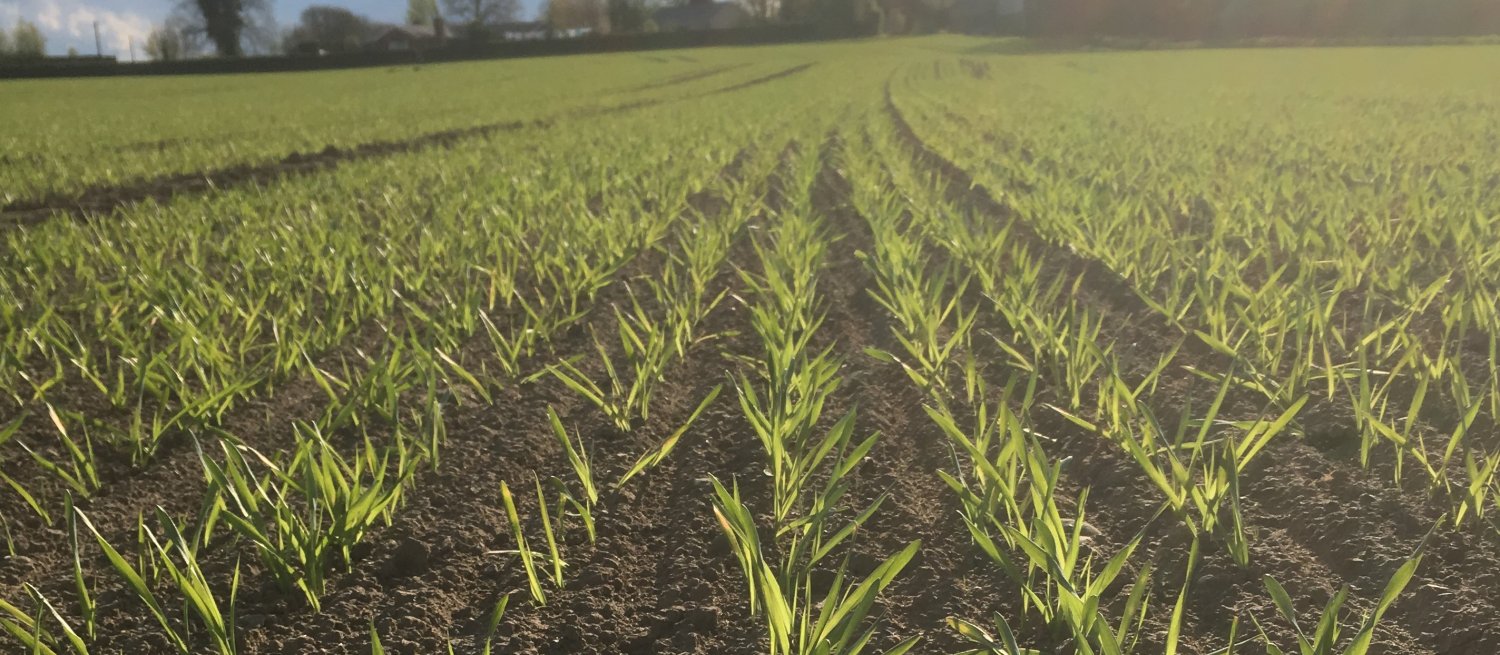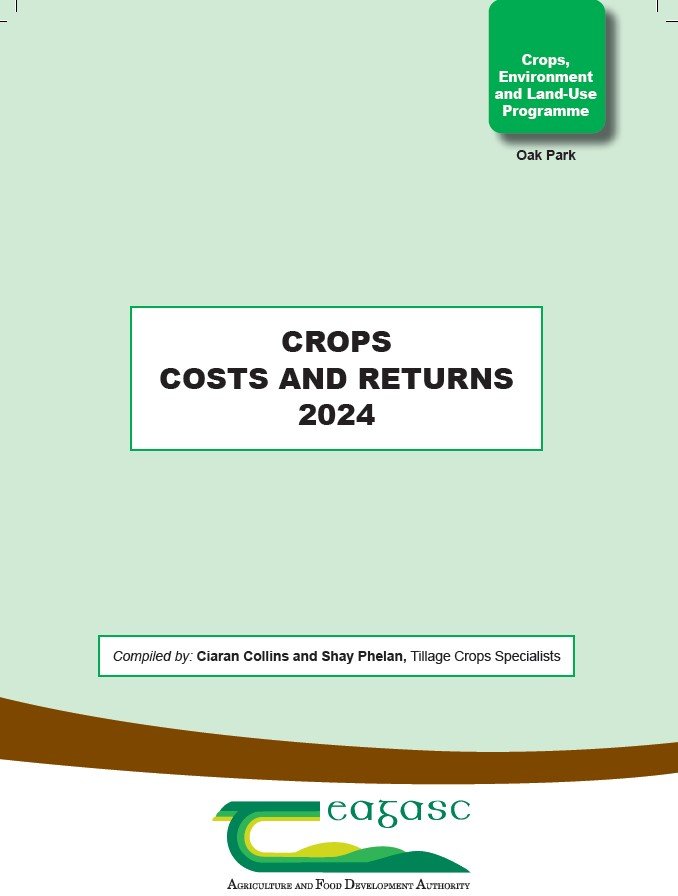
Teagasc Crop Report
Crop Report Number 1 2024
Crop Report Number 1 2024

To view the full report you must have an existing account with Teagasc ConnectEd.
Farmers sign in hereAlready have a ConnectEd account? Connected Client or Teagasc staff log in here
Teagasc Winter Crop area survey
A survey of over 600 people was carried out from mid-December to mid-January to get a handle on the areas planted in the autumn 2023 and of the area not planted what crops farmers are planning for 2024. The survey reviled just 62% of the planned area is sown with approximately 10% of that area which may need to be replanted. For more findings of the survey see here
Spring planting of winter wheat varieties
Following on from a very wet autumn where winter cereal area is well behind target and the scarcity of spring barley seed, the planting of winter wheat varieties in February is a viable option if weather conditions allow. Teagasc and DAFM variety trials have shown that winter wheat varieties can be successfully sown up to mid-February. Trial results show that yield will be similar to spring wheat but this may be a better option than spring barley especially in parts of the country more suitable for wheat.
At what point should I consider resowing winter cereal crops
Another consequence of the wet autumn have been the poor establishment of some winter cereal crops. The decision to resow a crop is easy when there is total crop failure however the scenario in most cases is usually that there are some missing patches or below target plant counts. Wheat and oats have large capacity to compensate for low plant counts therefore the decision to resow should be left as late as possible and wait till after growth has commenced. Table below gives a useful guide on whether to resow or not based on relatively even plant distribution. More information here
|
Agronomy |
Wheat |
Barley (2 row) |
Barley (6 row) |
Oats |
|---|---|---|---|---|
|
Normal |
200+ |
250+ |
170+ |
275+ |
|
Altered |
90 – 200 |
150 – 250 |
100 – 150 |
150 - 275 |
|
Replant ? |
< 90 |
< 150 |
< 90 |
< 90 |
Spring seed situation
Reports from the seed trade indicates that currently there is enough spring barley seed to sow an area similar to last year. This is through a combination of natively produced and imported seed. Imported seed could make up as much as 25% of the spring barley area in 2024. Growers will not be familiar with some of the imported varieties so there will be a comprehensive guide to spring seed varieties in Crop Report Number 2. Given that the winter cereal area is well behind target and spring barley seed is limited, growers should take every opportunity to plant winter wheat, beans and oats this spring.
2024 spring cereal and bean recommended lists can be viewed here
Winter Cereal Herbicide Latest application Timings
Many winter cereal crops have had no opportunity to receive a herbicide to control both broadleaf and grass weeds. For winter wheat there are options to use products such as Alister Flex, Pacifica Plus, Monolith or Broadway Star which will control some broadleaf weeds but also grass weeds provided they are not resistant. In winter barley however grass weed control is provided by autumn applied herbicides containing flufenacet, metribuzin, prosufocarb, chlorotoluron, etc. however these are most effective in autumn but can be applied in the spring. The Weed Susceptibility Tables provide good information on the different weeds that are controlled by these herbicides but the efficacy of spring applications will be reduced. See Winter Cereal Herbicide Table for details and also details of specific grass weed control from these herbicides
Costs and Returns 2024
The costs and returns booklets are designed to assist farmers in developing their own farm budgets for the crops they grow on their own farms. The Teagasc figures are indicative of the the actual costs of growing different crops however they are not the definitive or actual costs, merely a guide. Farmers are advised to calculate their own individual costs based on their own unique circumstances the Teagasc figures are a guide and will help to indicate whether a farmers own costs for a particular input is either high or low. Many farmers would aim to have costs 5-10% lower than the figures published in the booklets. Click on the following link for a copy of the 2024 Costs and Returns.

Cover Crop Destruction Options
Most cover crops are now coming to the stage where growers want to destruct them before the spring drilling season starts. There are different methods of destroying cover crops depending on each individual situation, click on the link for further details.
For most farmers grass weds are present in cover crops or in stubble and the destruction of these grass weeds needs to be managed carefully. Recent research into the rates of glyphosate needed to control the weeds are here